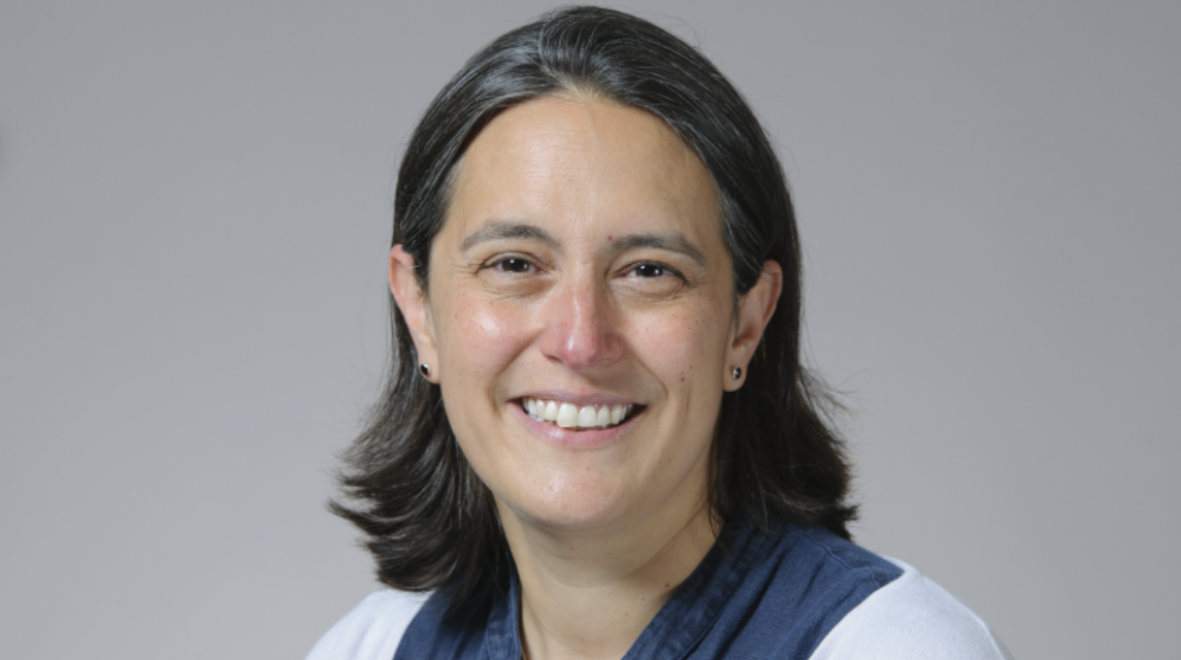
This week marks World Breastfeeding Week, a global campaign dedicated to informing, engaging, and galvanising action on breastfeeding and related issues. Dr Natalie Shenker MBE from the Department of Surgery and Cancer reflects on the progress made in related maternal health research in 2024, and explores how milk banks can help in the much-needed transformation of perinatal healthcare in the UK.
2024 has already been a remarkable year for human milk and lactation science. As interest grows globally in the sector, our understanding of the complex and ancient evolutionary physiological strategies involved, and their impact on infant and maternal health, deepens. The maternal health impacts of lactation and how to best support families are the key focuses of my research, and like much of the work across women’s health, has been largely ignored by mainstream science.
In partnership with The George Institute, the new Women’s Health Network at Imperial College London is seeking to correct these crucial gaps. Excitingly, our study into the mechanisms through which breastfeeding can reduce the risk of certain types of cancer has received further funding from Breast Cancer Now. Yet, there is still so much to discover. Just last month an entirely new hormonal response that explains how breastfeeding protects against osteoporosis was described by scientists at UC Davis. They found bone metabolism increases during lactation to keep up with the large amount of calcium required to produce milk, at the same time as levels of the protective hormone oestrogen fall. Scientists were therefore previously stumped as to how breastfeeding prevents rather than causes maternal osteoporosis. The work, published in Nature, found that during breastfeeding, certain neurons in the brain called KISS1 neurons release a protein called CCN3. This protein helps increase bone repair, boosts the activity of skeletal stem cell activity and even speeds up how quickly fractures repair.